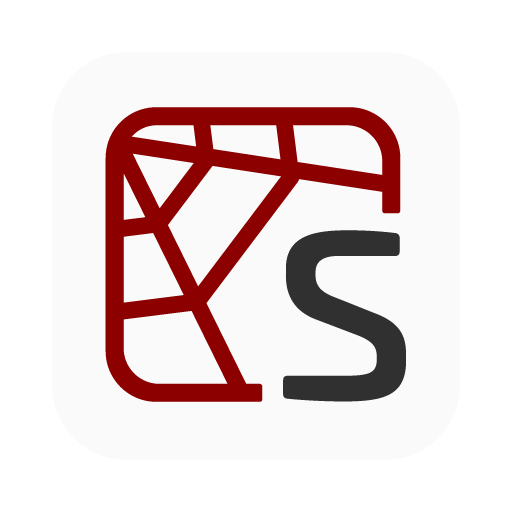Finding the Best IDE for Python
Discover the ultimate IDE for Python development, enhancing efficiency and innovation in your coding journey.

Python's popularity among developers for its simplicity, versatility, and wide range of applications has led to the creation of numerous Integrated Development Environments (IDEs). These IDEs enhance the coding experience, offering tools and features that cater to beginners and seasoned developers alike. This article explores some of the best IDEs available for Python development, helping you choose the one that fits your programming needs.
What is an IDE?
An IDE, or Integrated Development Environment, combines common developer tools into a single application. It typically includes a code editor, debugger, and build automation tools. Many IDEs also offer additional features like version control, code linting, and language-specific functionalities that significantly boost productivity.
Criteria for Choosing an IDE
Selecting an IDE depends on several factors:
- Ease of Use: The interface should be intuitive for beginners, yet offer depth for more experienced programmers.
- Feature Set: Look for functionalities like syntax highlighting, code completion, debugging tools, and support for frameworks you use.
- Performance: The IDE should be responsive and not slow down your computer.
- Community and Support: A strong user community and good support resources can be invaluable.
Top IDEs for Python Development
1. PyCharm
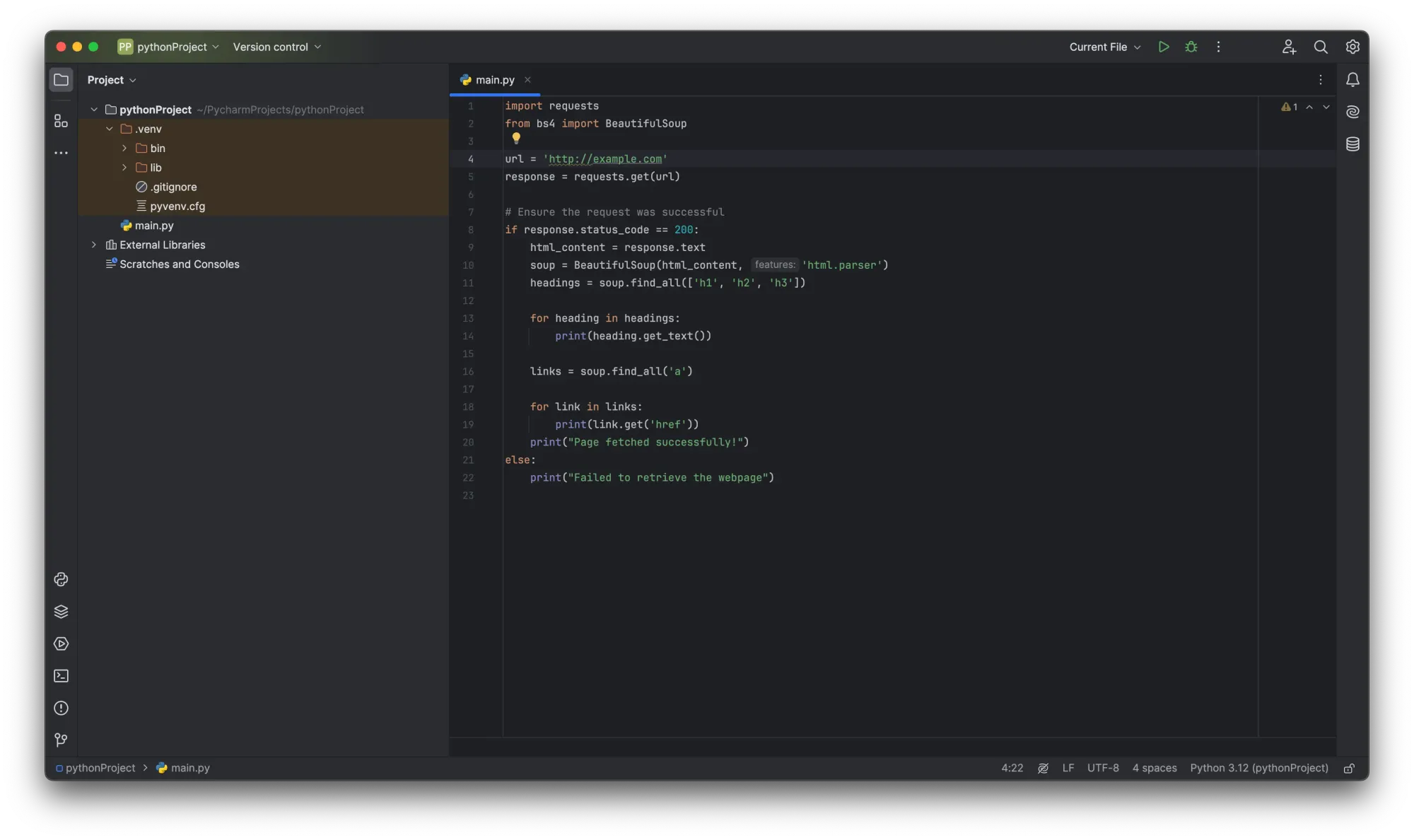
PyCharm by JetBrains is one of the most popular IDEs for Python. It comes in two versions: Community (free) and Professional (paid).
- Pros: Comprehensive code editor, debugging, and testing features. Excellent for web development and scientific work, thanks to extensive framework support (Django, Flask, Docker, and more).
- Cons: The professional version, required for full functionality, is paid.

2. Visual Studio Code (VS Code)
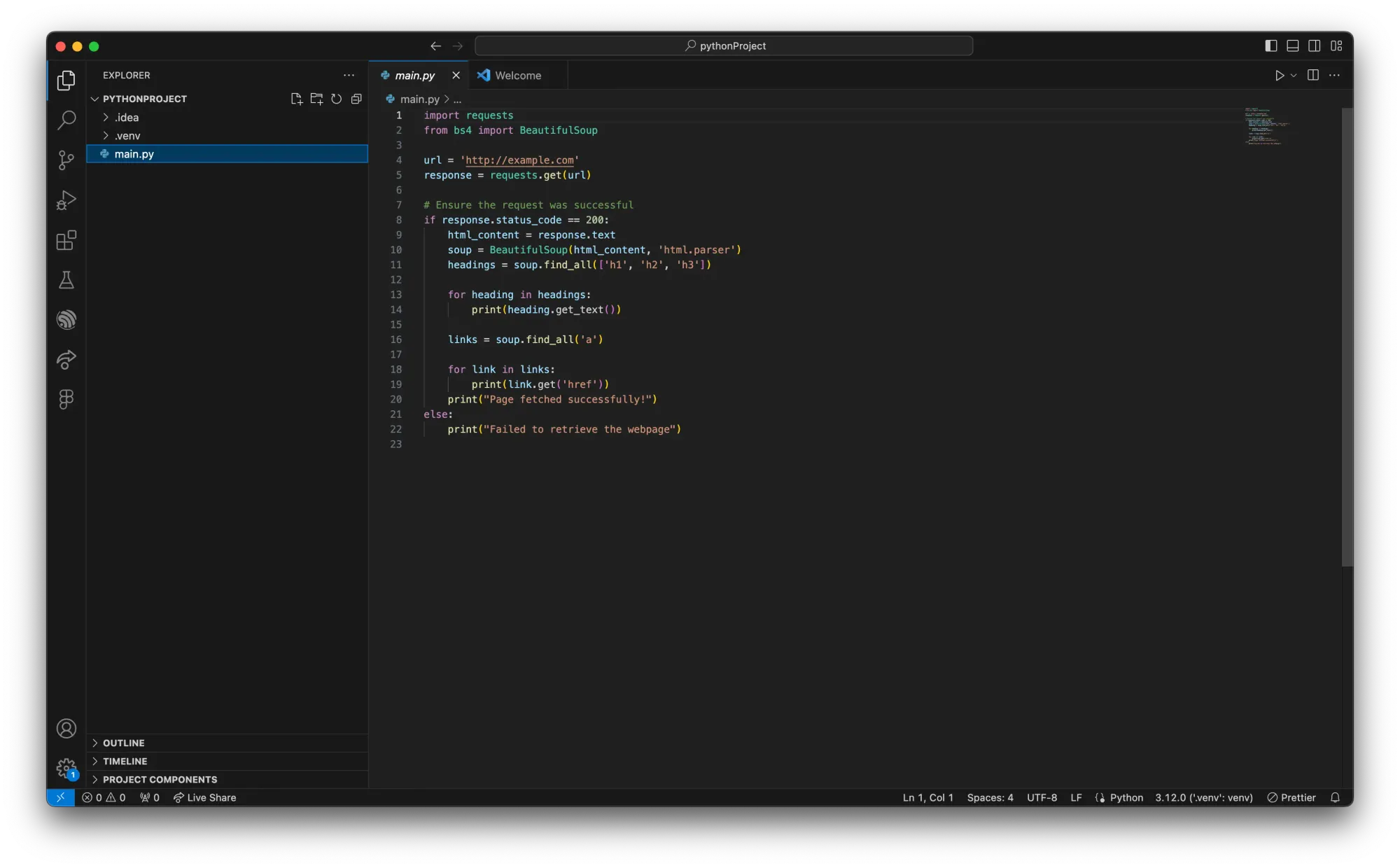
VS Code is a free, open-source editor developed by Microsoft. While not a full IDE out of the box, its extensive library of extensions allows it to function as one.
- Pros: Highly customizable, lightweight, and supports many programming languages beyond Python. Integrated Git control, syntax highlighting, intelligent code completion, snippets, and code refactoring.
- Cons: May require installation of multiple extensions to match the features of a dedicated IDE.

3. Jupyter Notebook
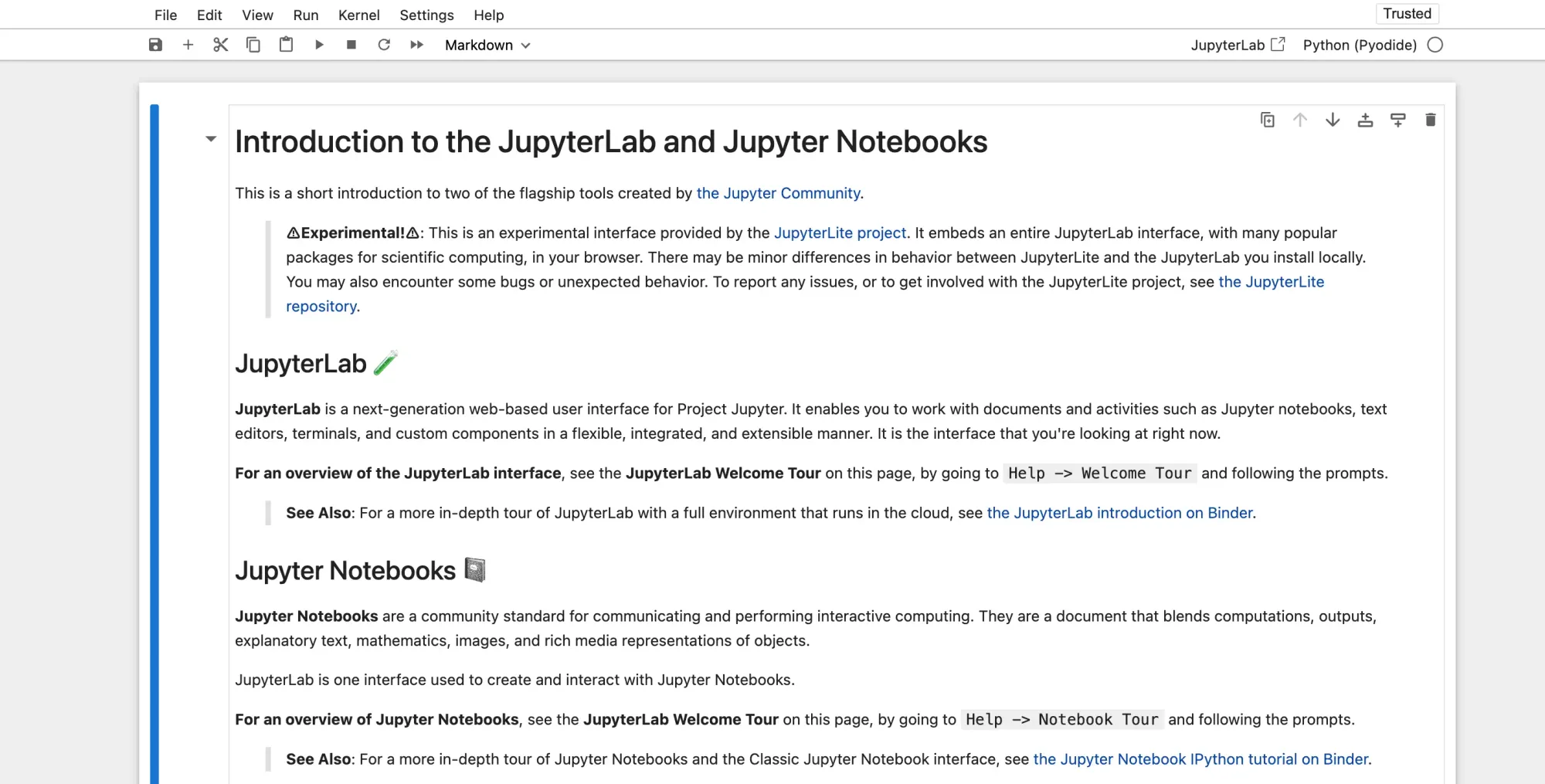
Jupyter Notebook is an open-source web application that allows you to create and share documents that contain live code, equations, visualizations, and narrative text.
- Pros: Ideal for data analysis, scientific research, and creating tutorials. Supports more than 40 programming languages, including Python.
- Cons: Not suited for developing applications or scripts.

4. Spyder
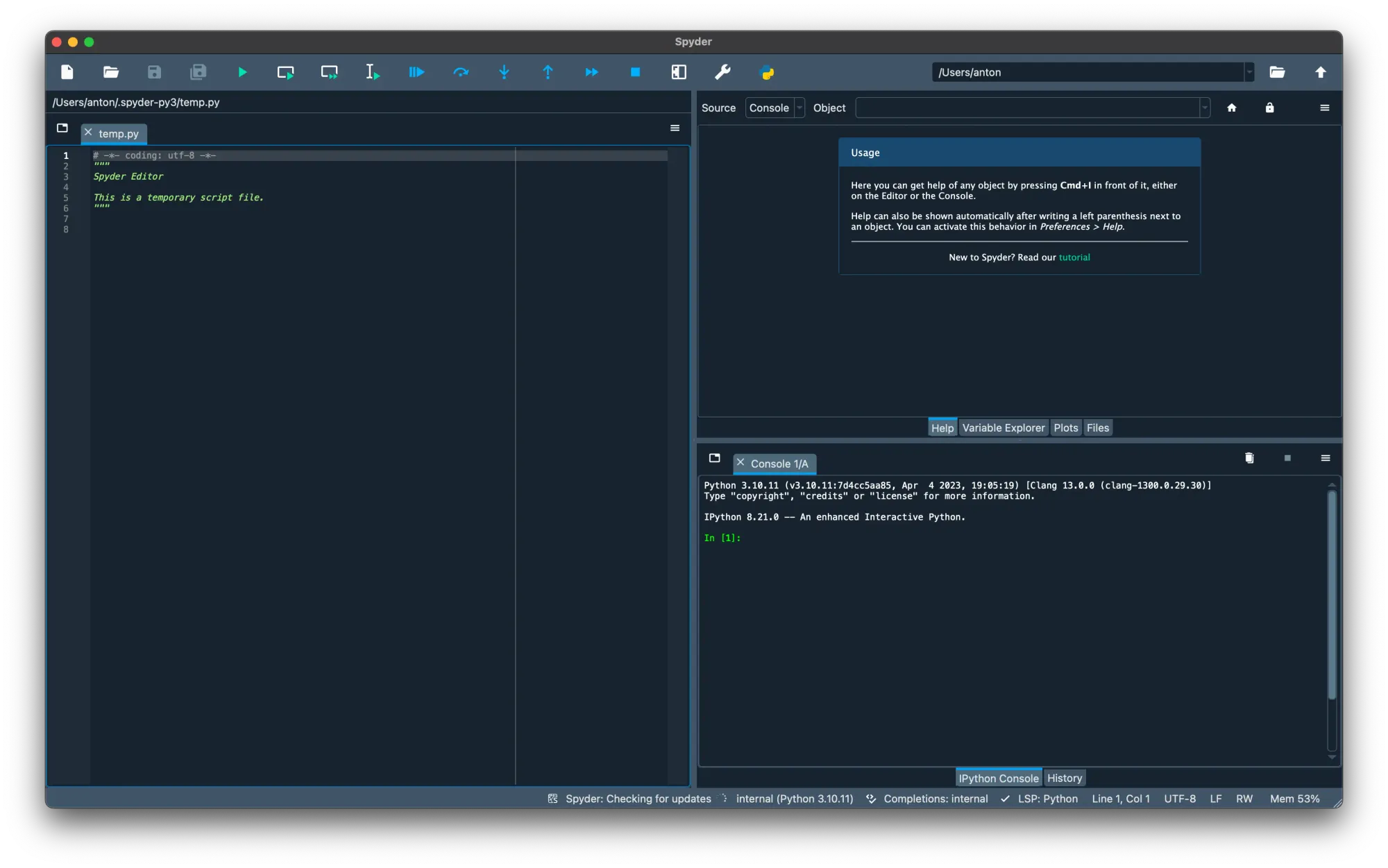
Spyder is an open-source IDE specifically designed for scientific programming in Python.
- Pros: Integrated with many of the essential scientific libraries (NumPy, SciPy, Matplotlib). Includes features like variable explorer, IPython console, and a documentation viewer.
- Cons: More niche focus; not as versatile for web or application development.
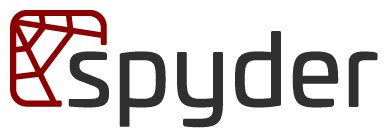
5. Thonny
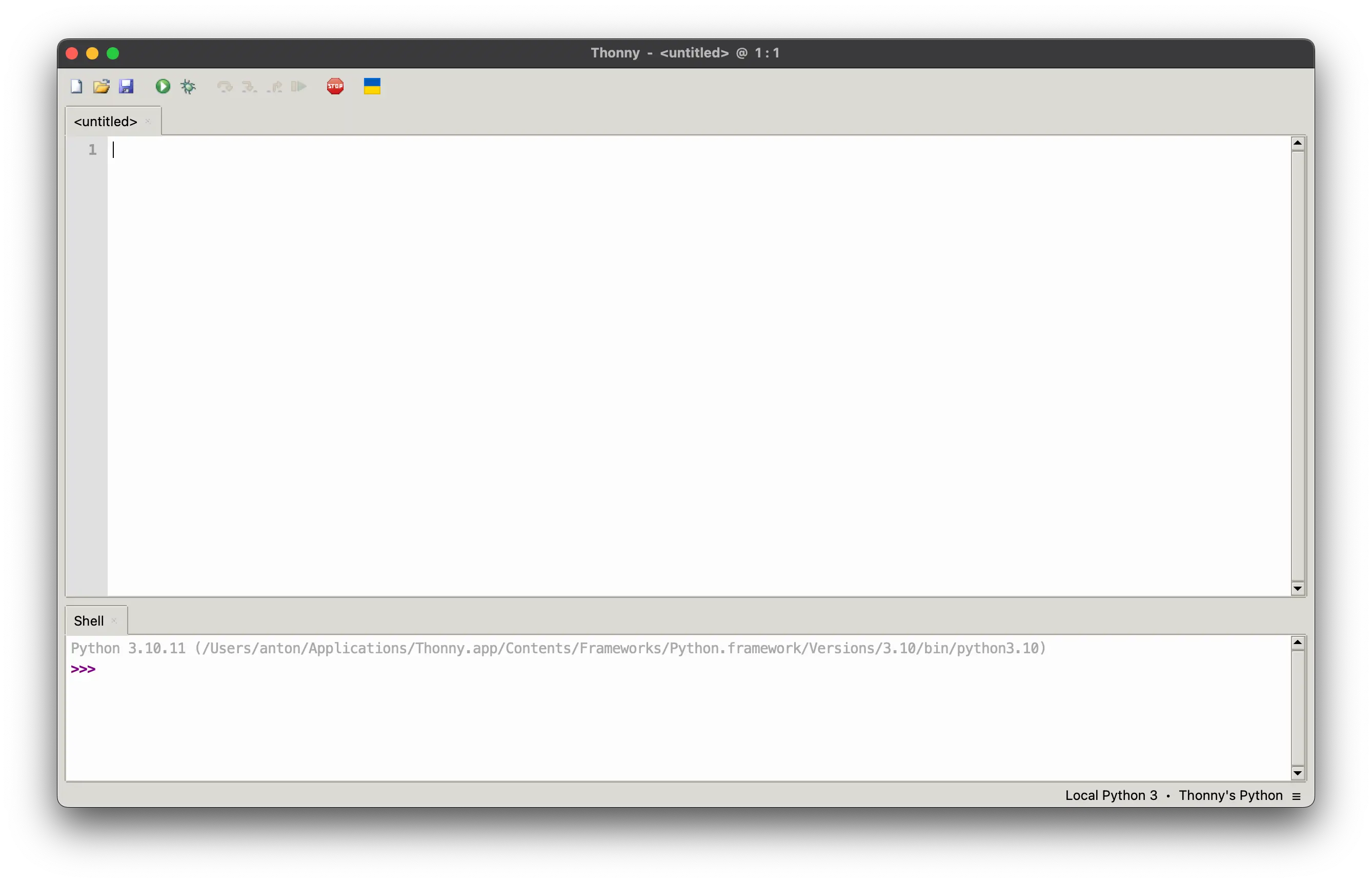
Thonny is a beginner-friendly IDE that comes with Python built-in, so there's no need for a separate Python installation.
- Pros: Simple interface, easy to install and use. Great for beginners with features like easy error tracing and a debugger that displays Python expressions.
- Cons: Lacks some advanced features found in more comprehensive IDEs.

Conclusion
The best IDE for Python development depends on your specific needs, experience level, and the nature of your projects. PyCharm and VS Code are excellent all-rounders, offering a balance of features and usability. Jupyter Notebook shines for data science and educational purposes, while Spyder is tailored to the scientific community. Beginners may find Thonny to be an accessible entry point into Python programming. Regardless of your choice, each IDE offers unique advantages that can enhance your coding efficiency and enjoyment.


